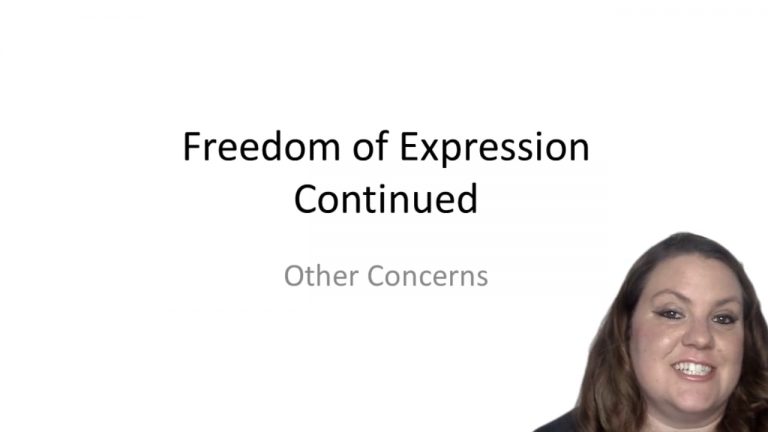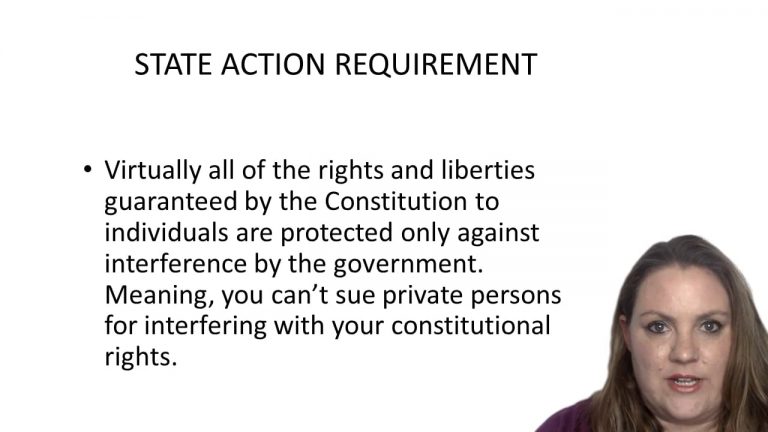SmartBrief
Confirm favorite deletion?
Constitutional Law Keyed to Chemerinsky
Walker v. Texas Division, Sons of Confederate Veterans
Citation:
135 S. Ct. 2239 (2015)Facts
Those who reside in Texas may choose between ordinary and specialty license plates for their vehicles. If anyone wishes to have the latter, he may propose a plate design, comprising a slogan, a graphic or both. The Texas law grants the Texas Department of Motor Vehicles Board authority to approve or reject an application. The relevant statute provides that the Board “may refuse to create a new specialty license plate for many reasons” including a perceived offensiveness of the design to the public. The Sons of Confederate Veterans wanted a Confederate battle flag appeared on its plate, but the Board rejected, because public comments, which they considered reasonable, had shown that many members of the general public find the design offensive.
Only StudyBuddy Pro offers the complete Case Brief Anatomy*
Access the most important case brief elements for optimal case understanding.
*Case Brief Anatomy includes: Brief Prologue, Complete Case Brief, Brief Epilogue
- The Brief Prologue provides necessary case brief introductory information and includes:
Topic:
Identifies the topic of law and where this case fits within your course outline.Parties:
Identifies the cast of characters involved in the case.Procedural Posture & History:
Shares the case history with how lower courts have ruled on the matter.Case Key Terms, Acts, Doctrines, etc.:
A case specific Legal Term Dictionary.Case Doctrines, Acts, Statutes, Amendments and Treatises:
Identifies and Defines Legal Authority used in this case.
- The Case Brief is the complete case summarized and authored in the traditional Law School I.R.A.C. format. The Pro case brief includes:
Brief Facts:
A Synopsis of the Facts of the case.Rule of Law:
Identifies the Legal Principle the Court used in deciding the case.Facts:
What are the factual circumstances that gave rise to the civil or criminal case? What is the relationship of the Parties that are involved in the case.Issue(s):
Lists the Questions of Law that are raised by the Facts of the case.Holding:
Shares the Court's answer to the legal questions raised in the issue.Concurring / Dissenting Opinions:
Includes valuable concurring or dissenting opinions and their key points.Reasoning and Analysis:
Identifies the chain of argument(s) which led the judges to rule as they did.
- The Brief Prologue closes the case brief with important forward-looking discussion and includes:
Policy:
Identifies the Policy if any that has been established by the case.Court Direction:
Shares where the Court went from here for this case.
Topic Resources
Topic Videos
 7m 56s
7m 56s 8m 59s
8m 59sTopic Outline
